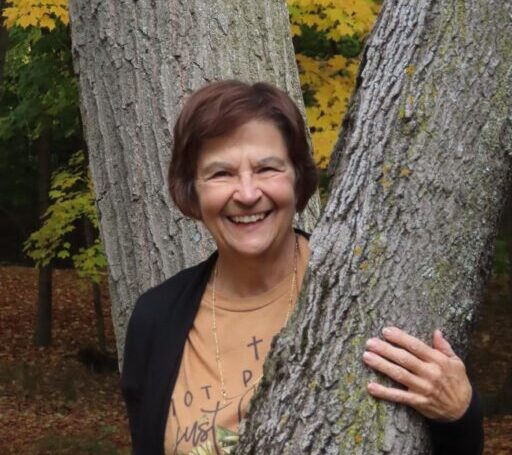I became a bird watcher of sorts fifteen plus years ago when I moved to the prairie community of Recluse, Wyoming. Some of that had to do with the fact that there were more birds than people in this sparsely populated grasslands. Some of it had to do with the man I had just married that was into nature. I bought the Reader’s Digest Book of North American Birds and my husband bought me an 8×40 magnification pair of birding binoculars. We hung up four birdfeeders – one with common birdseed, one with nyjer seed for the finches, one with sugar water for the hummingbirds, and one for suet that I handmade in my kitchen. I was on the beginning of a journey to learn some amazing things about these feathered creatures.
One of the most fascinating and almost inconceivable pieces of information I learned had to do with bluejays. I checked several reputable sites on the Internet to make sure someone wasn’t pulling my leg. What I found was that there was a consensus among the experts that the bluejay is not blue, but black. Now that I live in South Dakota we have plentiful numbers of bluejays that feast at our feeder. (I only saw one bluejay during the 13 years I lived in Recluse.) No matter how hard I try, I cannot make that vivid blue bird look black. But, they say it’s so. We only perceive their feathers as blue, according to the scientists. They explain it as the same phenomenon as why we see the sky as blue – a process that has to do with light refraction and reflection – whatever that means.
This morning I read about another instance, not related to birds, that had folks scratching their heads. This had to do with a man – a man by the name of David McNight from Durham, North Carolina. Mr. McNight was better known by the locals as “the street fiddler.” The disheveled older man with unruly gray hair spent much of his later years on the streets of Durham, playing his instrument and gathering a few coins that those passing by might toss into his opened fiddle case. The folks in Durham may have thought they knew Mr. McNight; they certainly saw him often enough. But when he succumbed to a brain tumor in 2017, many were surprised what stories his obituary held. David spoke many languages, was the graduate of a prestigious university, composed music compositions ranging from bluegrass to waltzes, and had even run for the senate at one point.
And my point of the blog this month is that we can be deceived easily. Birds and people are not always what they seem. Some people would take these examples to warn us again about the dangers of deception. Of course we need to be cautious, but this is not where these stories are taking me today.
Today, I am wondering how many people we think we know, when we really don’t know them at all. I wonder how many David McNight’s I have in my life. Maybe a few more sincere questions to the Davids of the world would make a difference in their lives and in mine. Maybe it’s not even a stranger or a casual acquaintance that we’ve not taken the time to know. Maybe we’ve lost touch, in the midst of our busy lives, with those that mean the most to us.
This week I’m going to strive to ask a few more questions. Maybe give an encouraging word to a clerk or a sympathetic pat to a downtrodden face, or a follow-up call to a friend who’s having issues. Maybe by this time next week, I can say I know “a David” a little better.
Until next month, keep on readin’ and I’ll keep on writin’.

Cathy Harper
So very true. Thank you for the encouragement this month.